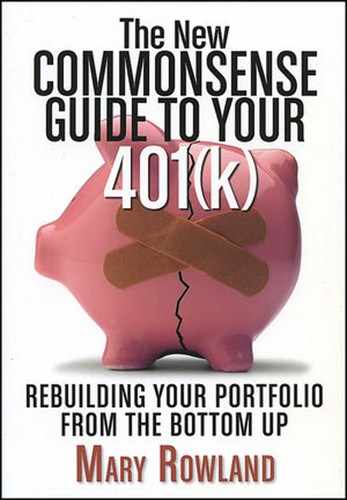IT'S THE SIMPLE things that most often trip us up in financial planning. You probably don't forget to pay the mortgage. But financial planners say that clients make some of their biggest mistakes when naming beneficiaries. They suggest that a client name a spouse as beneficiary and children as contingent beneficiaries during their working years.
Once you retire and roll the money into an Individual Retirement Account (IRA), the rules become more complex. Seymour Goldberg, an attorney who specializes in retirement account issues, says he finds that clients often do not state clearly how children are to share in an IRA. For instance, a client might name his two children, John Smith and Mary Smith as beneficiaries. Under that arrangement, if John Smith dies before the account owner, Mary Smith will get half the account and the other half will be paid into the estate, Goldberg says. But usually that is not what the account owner intended. He probably wanted the money to be split between Mary Smith and John Smith, heirs, thereby treating his two children equally.
Goldberg suggests that clients who want the money shared equally between their children name the children "issue per stirpes," which means the children share equally. If one child dies, that child's share would go to his or her children. Goldberg says he finds that this, in fact, is what most parents intend to do and that they are surprised to learn that that will not necessarily happen if they simply name the children. If the institution that holds the account doesn't permit the per stirpes designation, Goldberg puts an asterisk by the name of each child with a footnote that says, "if this child dies this share goes to his or her children."
Sometimes, Goldberg says, a client, not realizing the legal implications of such an oversight, doesn't list all the intended beneficiaries simply because the form doesn't have enough lines. Even if the account owner has painstakingly listed each beneficiary properly, the custodian may eliminate some of the paperwork in the computer.
"A number of institutions can't code it properly on their computers," he says. "So even if you do it the right way and then you call the institution two years later, you find out that they destroyed your rider." This is an urgently important issue. In that case, Goldberg says, he sometimes advises the client to move the account. "We threaten them with taking the money away if they can't do it properly," he says.
Improper or missing beneficiary forms can impose punishing results on beneficiaries. For example, a surviving spouse holds special rights to an inherited IRA. Goldberg has had two cases where clients died and the brokerage firm couldn't find the form that designated the widow as beneficiary of the IRA. In the first case, the IRA contained $80,000. The widow was permitted to roll it over into her own IRA because she was the sole beneficiary of the estate and the sole executrix. Goldberg was able to cite an Internal Revenue Service (IRS) private letter ruling that permits a rollover under those circumstances.
In the other case, the widow inherited an IRA with $200,000. But here there were also some trusts involved as beneficiaries, so she was not the sole beneficiary. Because the beneficiary form was lost, the $200,000 was dumped into the estate and became immediately taxable.
Now Goldberg is advising all clients to write to their IRA custodian once every five years or so to ask for a copy of the beneficiary form. If the custodian merges with another firm, the client should write to the merged firm to make certain that the beneficiary form survived the merger. If it's lost, it's a simple matter to provide a new one, as long as the client makes certain to do it before the IRA owner dies.
